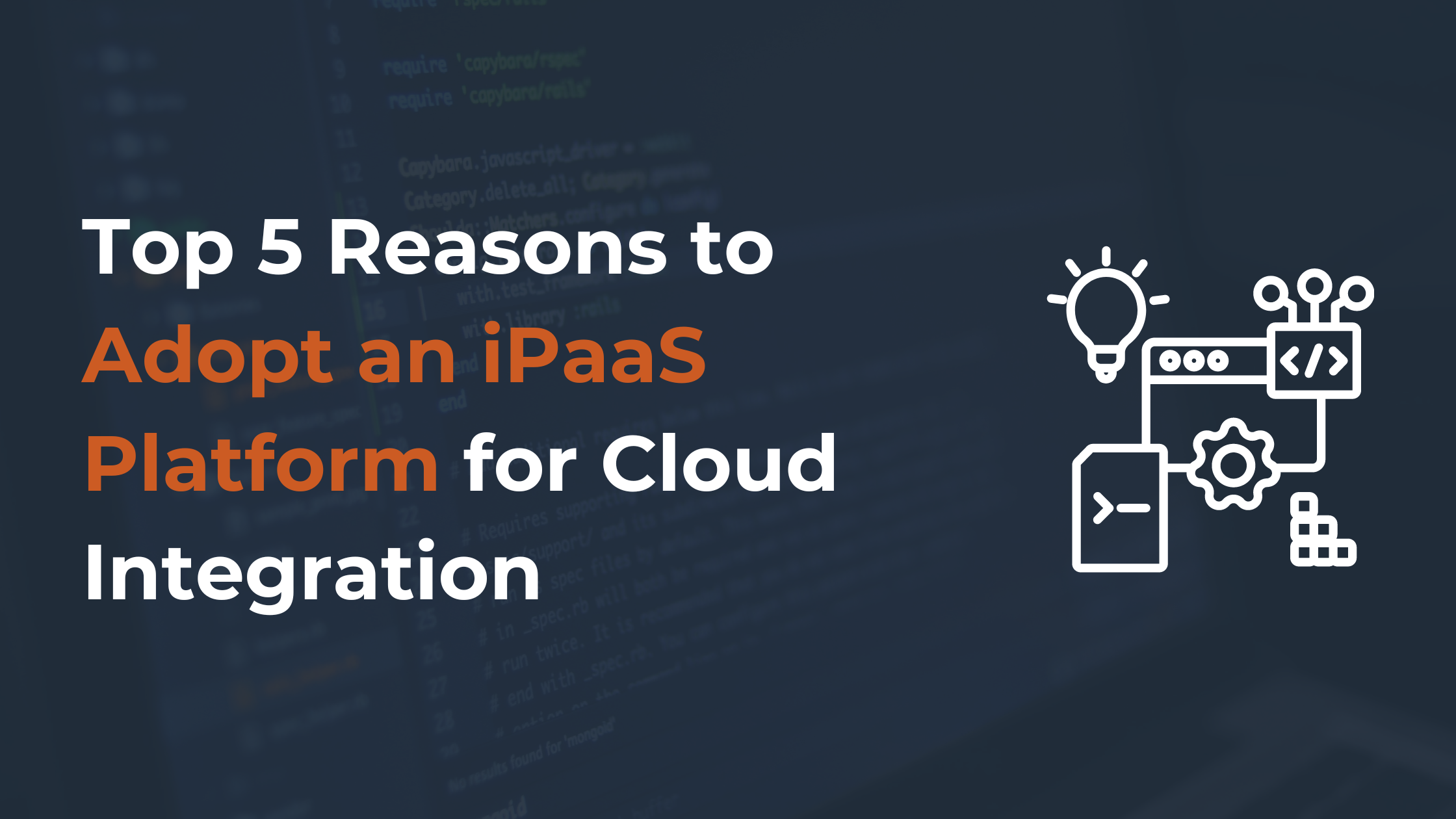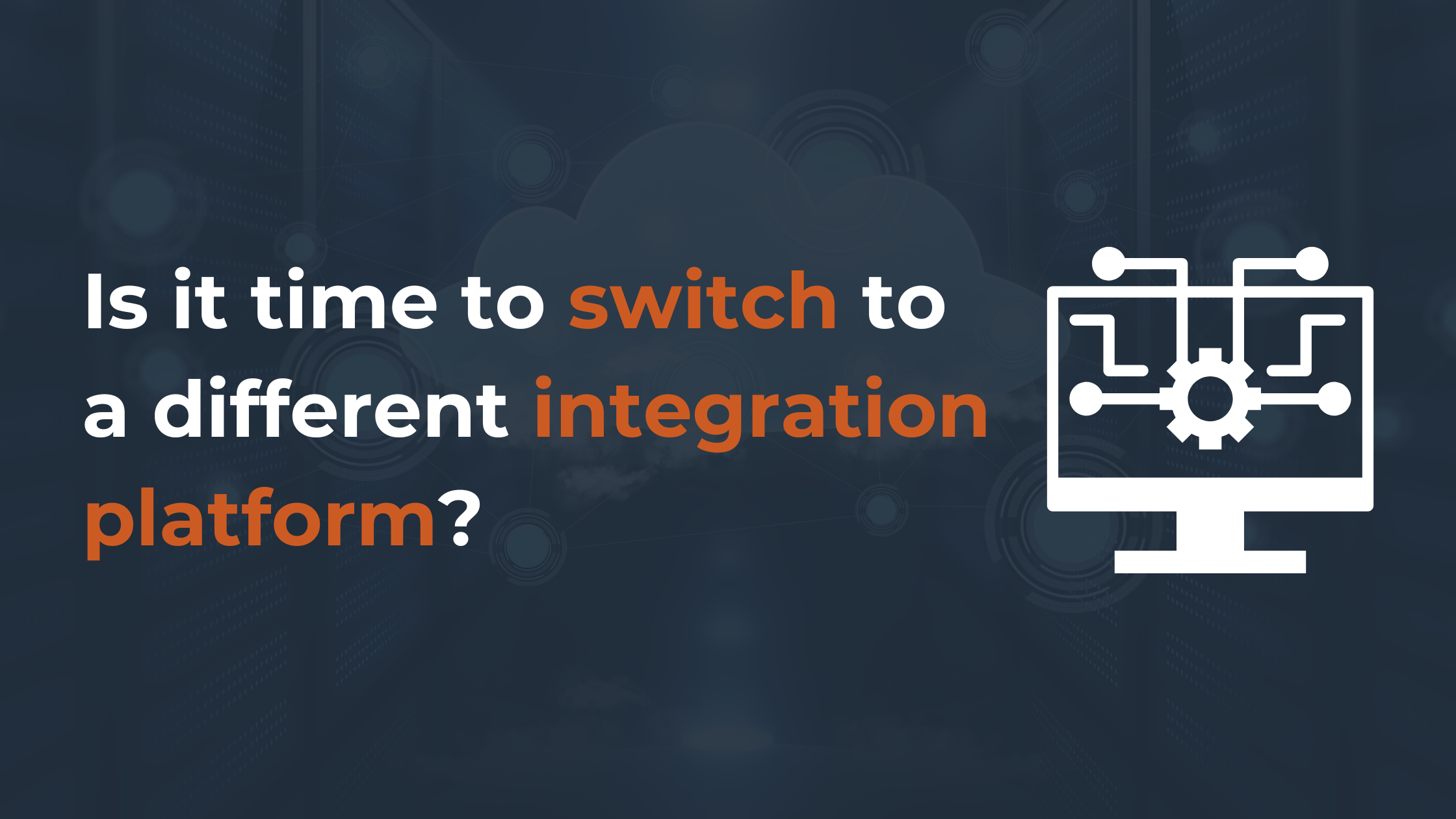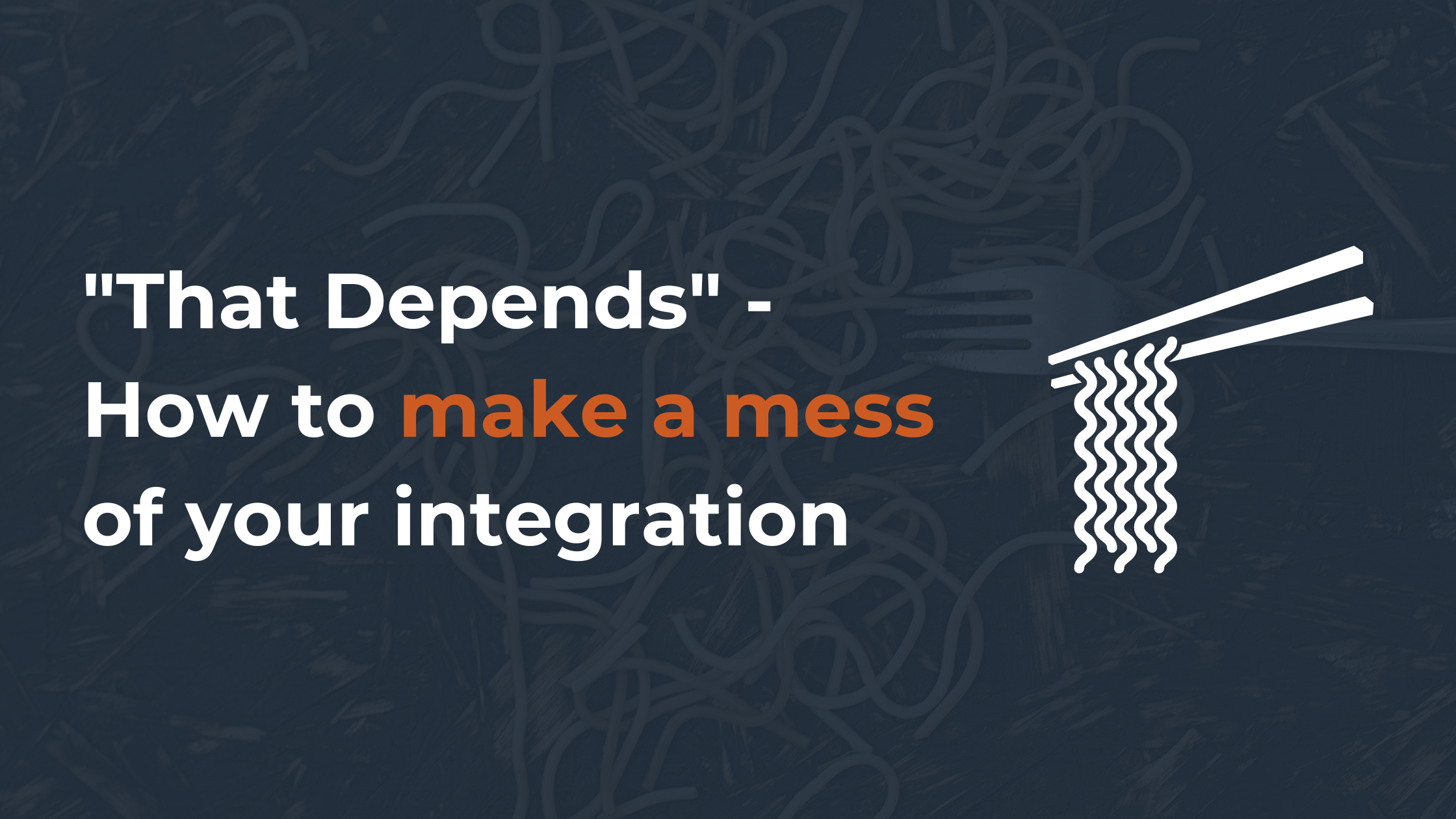What if I lose my data?
How will I ensure the data stays secure?
Will I have weeks of downtown for my business?
These and other reasons create uncertainty for businesses who avoid switching to a new CRM to avoid unknown issues and challenges.
However, CRM migration is an essential step to company growth and improvement. Thorough preparation can decrease the chance of pitfalls and ensure success. For some companies, Salesforce data migration is the next step to achieving business goals.
Putting a Plan in Place
As an industry-leading solution, Salesforce CRM provides compelling features and options for many businesses. But before you make a move, it’s critical to establish best practices.
The most typical issues arising as a result of a CRM switch include:
- insufficient communication between all the involved members;
- incomplete transferring policies;
- little data quality in the existing software;
- failure to optimize the information before the migration;
- skipping testing the system before the process.
It’s easy to prevent the phobia of migration mishaps by creating a plan and understand available tools to ensure successful data transfer.
Automated Salesforce Migration
Automated data migration takes the guesswork out of accuracy and provides advanced options to ensure accurate and secure transfer. An official Salesforce partner will import all your data along with relations you set up and migrate all pre-existing sales activity, preserved according to the mapped fields.
Advantages of an Automated Salesforce migration tool:
- Secure: a comprehensive set of practices, technologies, and policies to ensure your data is 100% safe.
- Automated: Faster data migrations to Salesforce, avoiding manual efforts and downtime for your business.
- Customized: Migrate any custom fields/modules and other data easily from your current software to Salesforce.
- Preserves Relations: Wizard automation maintains proper relations between the migrated data.
- Ease of Use: The Salesforce migration wizard will complete the necessary steps with a user-friendly and intuitive interface with just a few clicks.
- Detailed Data and Users Mapping: Effortlessly select the modules or/and users you want to migrate. This option allows total control of your data during the CRM import.
- Free Sample Import: A no-risk trial is available. Map a limited amount of your data to Salesforce. See the results of the migration and your data in the new CRM.
- Free Estimates: Get competitive pricing before you commit. View the actual quantity of records and estimate the total migration price.
Salesforce Data Migration: 7 Secrets of the Smooth Switchover
Data transfer is more than merely moving from one CRM to another; several key aspects play a significant role in successful Salesforce migration:
1. Test CRM before the Switch
The first step to avoiding challenges is to test drive your data. Like many CRM vendors, Salesforce offers a free trial. Compare all the modules, functionality options, automation, and configuration choices. Get a feel for the system with familiar data to ensure the software fits your organization.
Furthermore, ensure the new system is configured correctly from the start. Set your trial up for success by setting your CRM up correctly. Your Salesforce onboarding specialist should be able to assist.
2. Perform Data Analysis
When was the last time you performed a health check on your data?
Manual input, clunky systems, employee turnover: all of these outside aspects can impact the accuracy of your data. To ensure you move over the best data, do a deep clean for relevancy and accuracy before migrating. Otherwise, the inconsistency, irrelevancy, and unnecessary items will migrate to your future CRM, creating challenges from the onset.
How do you clean up the mess? Decide what information to move from your existing CRM to Salesforce. For example, for an established business, the data may include old prospect details or past negotiations.
However, if your database contains historical information such as outdated appointments, completed meetings, or phone calls, these could be archived and considered closed.
With automated migration, it is possible to set criteria to filter records during the transfer. The majority of the organizations usually move by:
- date (setting a certain period)
- contact association (contacts connected to a particular user)
- relations to specific records (all the contacts related to tasks)
For the company owner or head of sales, who is well acquainted with business functionality, evaluating and identifying records should be a priority before making the switch.
3. Prepare Backup
Always, always create a backup to eliminate the risk of any information loss or file damage. During the migration, this is a critical step. Many CRMs offer the export of all info into CSV files. Check with your existing provider to verify your options.
4. Perform the Salesforce Data Migration with Trujay
Once the preparation is complete, proceed with the actual migration. With an automated option, the downtime to your business is usually minimal, if any.
- After you provide the future CRM details, the system will redirect you to the Salesforce account;
- With the Migration Wizard, click through to allow access to the data;
- This sync will prompt the app to initiate the following steps;
- Then, map fields and users;
- Verify fields are correctly mapped and run a free sample migration to explore the service in action.
When the sample or migration to your new Salesforce is complete, thoroughly check the results. Begin review and compare the current contact information with the migrated data. Explore if the relations between the contact and users, opportunities, accounts, or tasks are intact.
Most migrations conclude during a time frame where the existing and new CRM is active, allowing you to retain the data in its current form and continue to run your business.
5. Check Your Records After Migration
After completion, explore the correctness of your records and monitor the adherence to data entry and maintenance rules for the next couple of months. Salesforce offers the ability to organize your data into objects and records.
You can easily import the information into the platform using point-and-click tools through the platform’s standard setup already in use.
6. Setup Workflows and Integrations
One essential post-migration step is to fix the reporting tools and workflow rules/filters and begin configuration adjustments. Establish access permissions and provide security that avoids creating too many duplicates. Complete the integrations with third-party add-ons and mailboxes upon completing your Salesforce data migration to keep your two-way syncs intact.
7. Train Staff on New CRM
Employee adoption of the new system is the most complicated part of the implementation process; it can take a couple of months to use the solution to its full potential. Keeping employees in the know throughout the transition is essential.
Equip employees will all the needed information and tutorials and continue to onboard and implement team-training seminars.
Migration Made Easy
The data transfer process requires a clear strategy with appropriate preparation steps and action plans to ensure success. Overcome migration hurdles by following these key steps or consult a CRM migration expert to begin your checklist.
.png)



